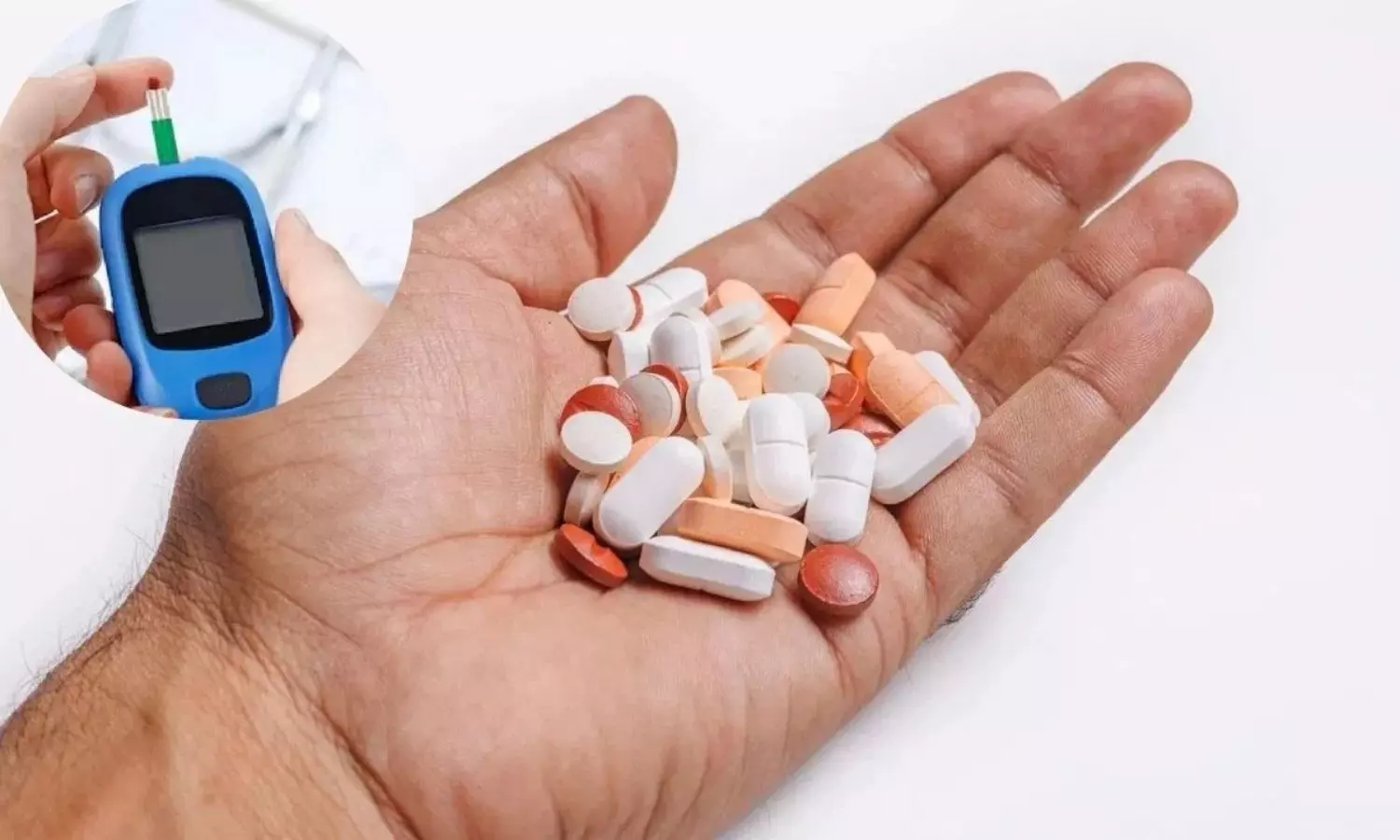What is a Diabetes Patch? Which Sugar Patients Can Benefit From It?
Discover how the diabetes patch works, a needle-free, convenient option to monitor glucose levels and deliver insulin. Learn its benefits, types, and who it’s ideal for.
What is a Diabetes Patch? Which Sugar Patients Can Benefit From It?

Diabetes Patch: What Is It and How Does It Work?
Diabetes is a chronic condition where blood sugar (glucose) levels rise uncontrollably due to the body’s inability to produce or use insulin effectively. Traditionally, managing diabetes involves medications, insulin injections, and strict dietary control. However, a new and more convenient method is emerging—the diabetes patch. This innovative approach could offer a simpler treatment option for patients. Let’s understand what a diabetes patch is, how it works, and who can benefit from it.
What is a Diabetes Patch?
A diabetes patch is a special adhesive device applied to the skin. It may contain sensors or medication that either continuously monitor glucose levels or release insulin as needed. Typically, it is worn on the arm, abdomen, or back.
Main Purpose of the Diabetes Patch
- To reduce the need for frequent needles or injections.
- To continuously monitor blood sugar levels.
- To automatically deliver insulin or medication when necessary.
Types of Diabetes Patches
1. CGM (Continuous Glucose Monitoring) Patch
- Measures blood glucose levels every few minutes.
- Connects to a mobile app to provide real-time data to both patients and doctors.
2. Insulin Delivery Patch
- Pre-filled with insulin.
- Gradually releases insulin into the body based on need, eliminating the need for injections.
Who Can Benefit from This Patch?
- Patients who require multiple insulin doses daily.
- Those with rapidly fluctuating blood sugar levels.
- People who fear injections or wish to avoid frequent needle use.
- Children and elderly patients who find it hard to undergo regular tests or injections.
- Travelers and individuals with busy lifestyles who can't monitor their sugar levels frequently.
Benefits
- Painless glucose monitoring and insulin delivery.
- Real-time data through mobile apps and remote monitoring by doctors.
- Instant alerts for high or low blood sugar levels.
Things to Keep in Mind
- These patches can be expensive.
- They are not necessary for everyone—doctor consultation is essential.
- Some users may experience skin allergies.
- Technical issues like battery problems can occur.
Conclusion:
Though not suitable for everyone, diabetes patches offer a modern, hassle-free option for managing the condition. With proper guidance and monitoring, they can significantly improve diabetes control and quality of life.

